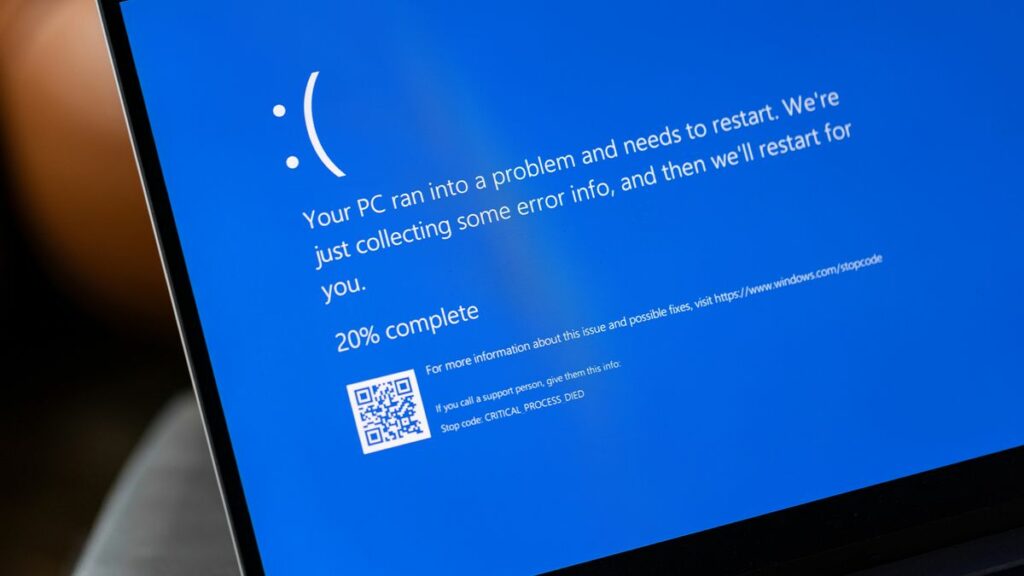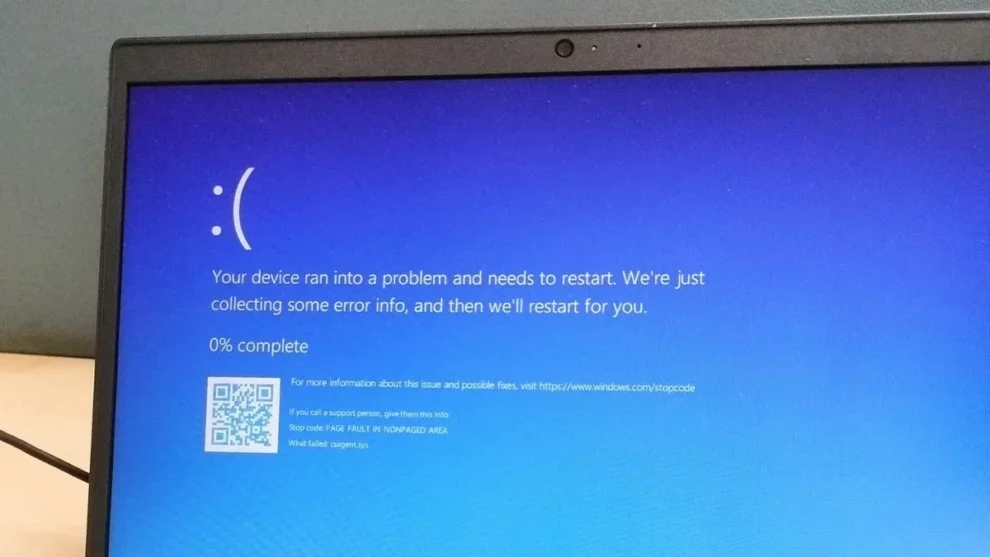Microsoft’s infamous Blue Screen of Death (BSOD), the ultimate harbinger of system failure for Windows users, has evolved from a simple technical necessity into one of computing’s most recognizable symbols over the past three decades. Recent research into its history reveals a fascinating journey that began not with careful design consideration, but rather with a programmer’s simple preference for comfortable screen colors.
The origin of this infamous crash screen, contrary to popular belief, can be traced back to John Vert’s work on Windows NT 3.1 in 1993. According to former Microsoft operating system engineer Dave Plummer, the choice of the blue background wasn’t a calculated decision to calm frustrated users or align with Microsoft’s branding. Instead, Vert simply chose blue because it matched his preferred programming environment in SlickEdit and MIPS OS, both of which used white text on a blue background.
The technical underpinning of the Blue Screen of Death reveals its vital role in system protection. While often viewed as a catastrophic failure, the BSOD actually serves as a last line of defense against system corruption. When Windows encounters a critical error, particularly in device drivers, it triggers the blue screen to prevent potentially devastating system damage. According to Plummer, the vast majority of these crashes stem from driver errors rather than issues with the operating system’s kernel itself.
The evolution of Windows’ crash screen tells a complex story of technical development. The earliest versions of Windows, starting with version 1.0, displayed crashes differently, often showing random character strings on a blue background or simple black screens with error messages. The term “Blue Screen of Death” itself has somewhat murky origins, with the first documented use appearing in the 1995 book “PC Roadkill,” though the concept of a “Black Screen of Death” was mentioned in computing literature as early as 1993.
A significant transformation occurred with Windows 8 and Server 2012, when Microsoft modernized the BSOD’s appearance. The technical error information that once filled the screen was replaced with a more user-friendly display featuring a sad emoticon and simple explanation text. This change marked a shift in Microsoft’s approach to error communication, making the experience less intimidating for average users while still maintaining its functionality for technical professionals.
The BSOD has continued to evolve with recent Windows versions. Windows 10 introduced a QR code linking to support resources, demonstrating Microsoft’s efforts to make troubleshooting more accessible in our smartphone-enabled world. An interesting deviation occurred briefly with Windows 11, which initially changed the screen to black before reverting to the familiar blue following user feedback. Microsoft even implements a special green version for Windows Insider preview builds, adding a touch of variety to this otherwise dreaded display.
The history of the Blue Screen of Death also includes some interesting misconceptions that have been recently clarified. Raymond Chen, a longtime Microsoft programmer, has helped dispel attribution errors regarding its creation. While former CEO Steve Ballmer wrote text for a blue screen accessed via Ctrl + Alt + Delete in Windows 3.1, and Chen himself worked on a less severe “blue screen of lameness” in Windows 95, the true BSOD as we know it remains Vert’s creation.
Modern versions of Windows have significantly reduced the frequency of these crashes, thanks to improved system stability and better driver management. However, the BSOD remains an important diagnostic tool for system administrators and developers. Microsoft even provides the NotMyFault tool, allowing technical users to deliberately trigger blue screens for testing and debugging purposes.
The Blue Screen of Death’s journey from a simple crash screen to a cultural icon reflects the broader evolution of personal computing. What began as a straightforward error display has become a shared experience among Windows users worldwide, representing both the frustrations of technology and the sophisticated protection mechanisms built into modern operating systems.
As Windows continues to evolve, the Blue Screen of Death serves as a reminder of how far computing has come, from cryptic error messages to user-friendly diagnostic tools. While still dreaded by users, its presence represents Microsoft’s ongoing commitment to system stability and protection, even if its iconic blue color was chosen simply because a programmer found it comfortable to look at.
















Add Comment